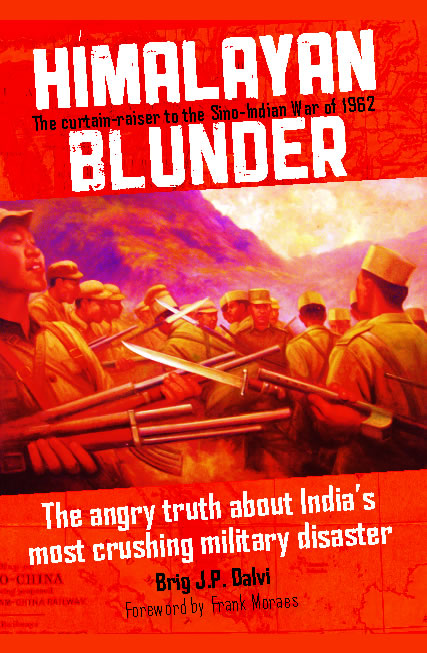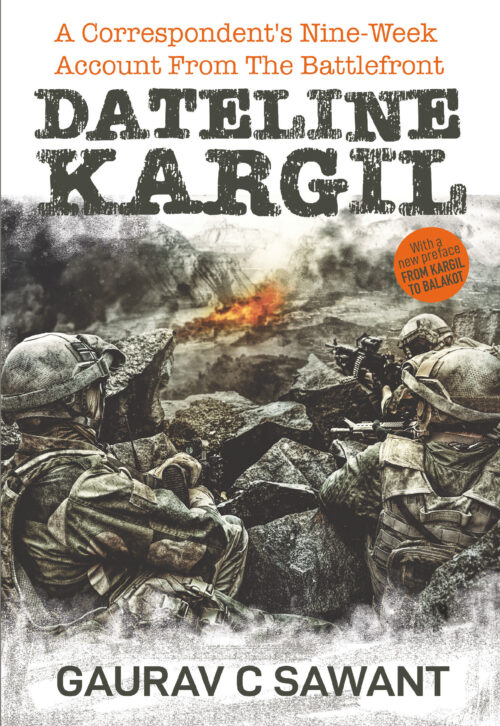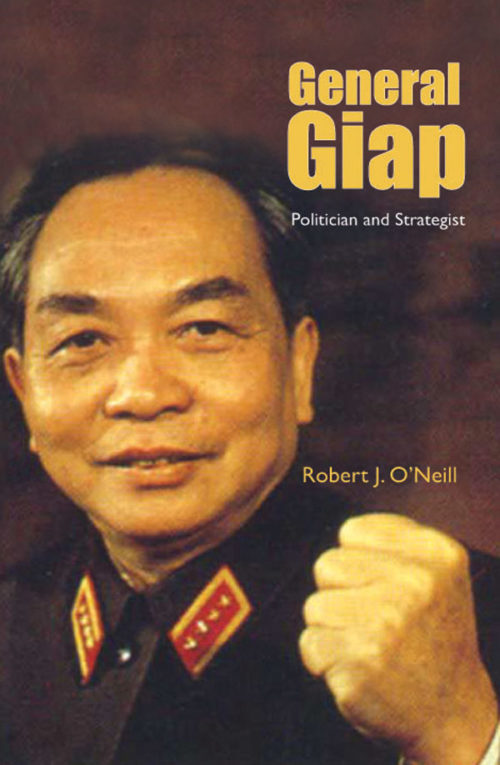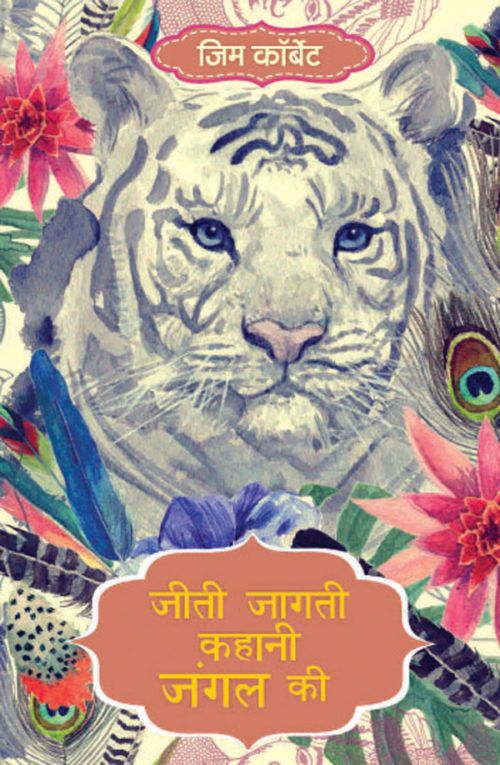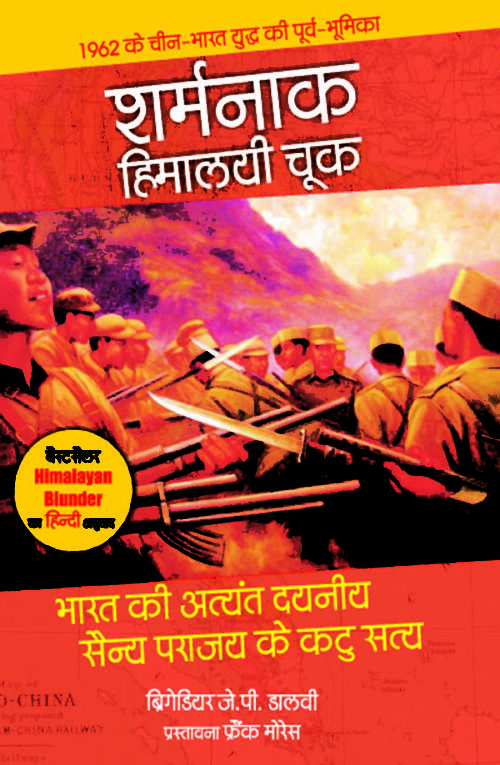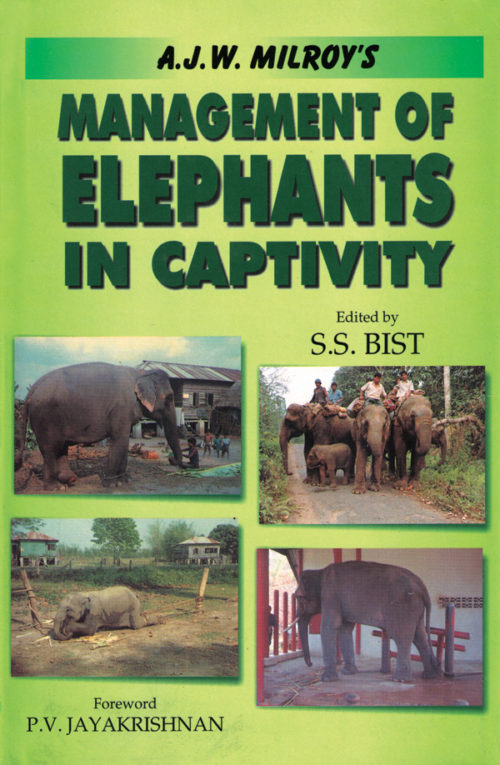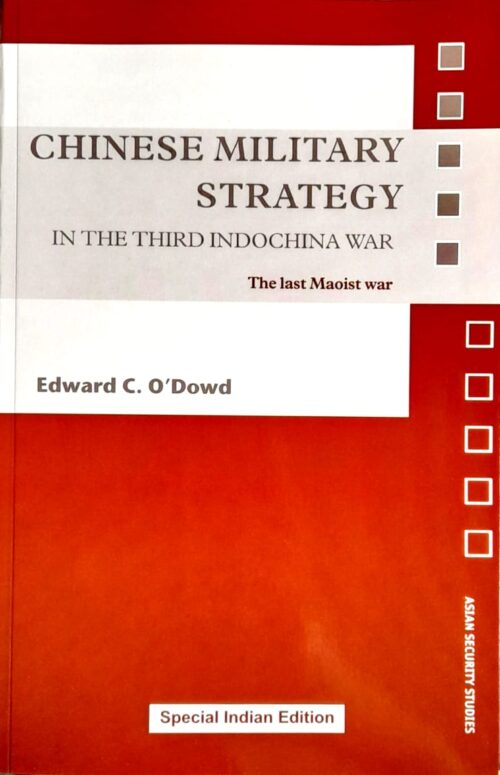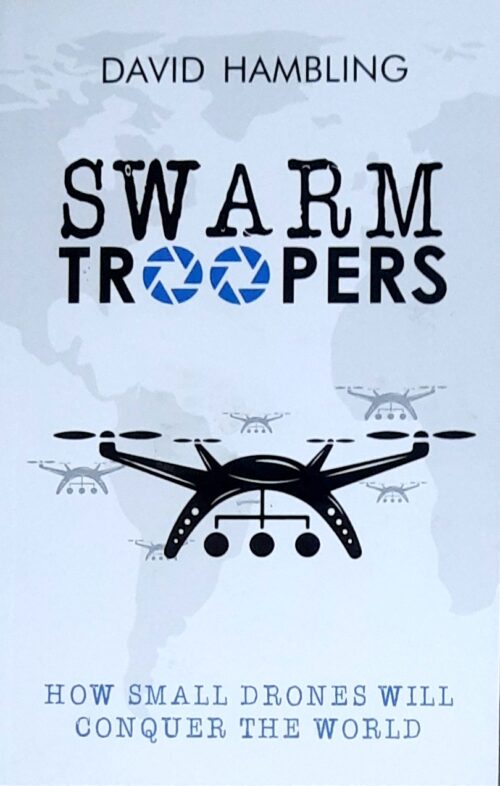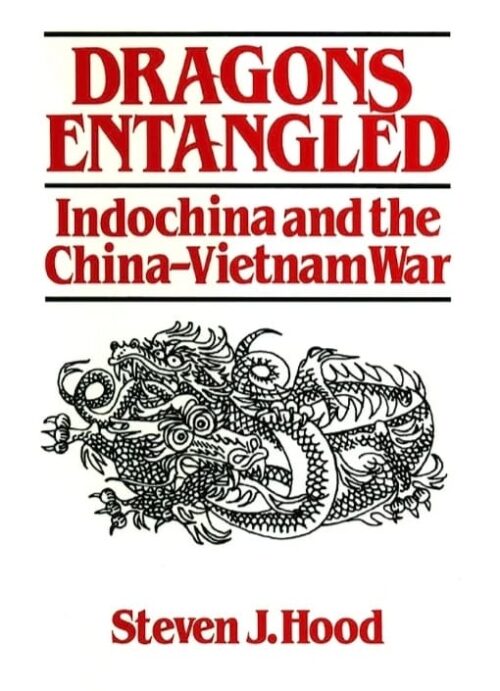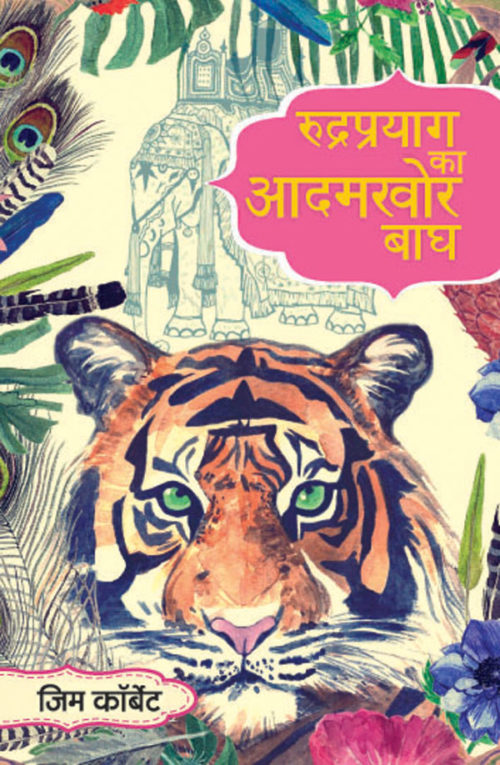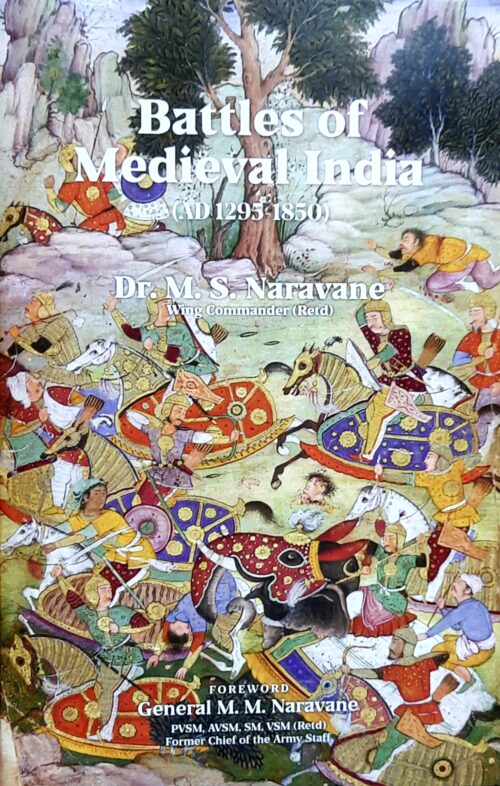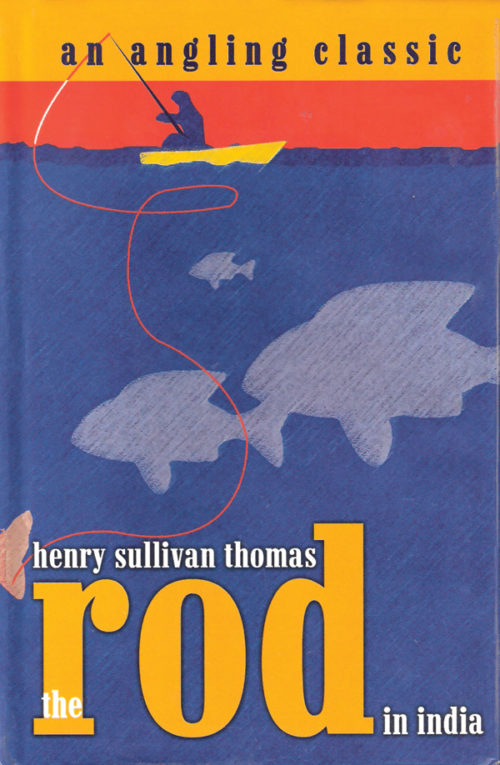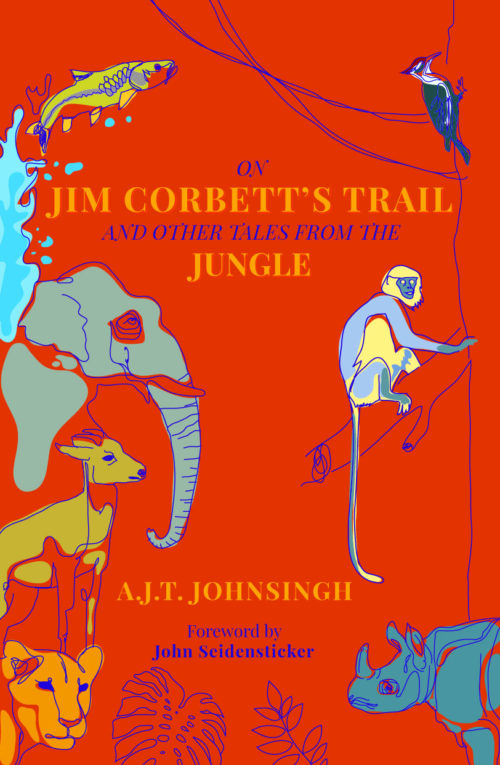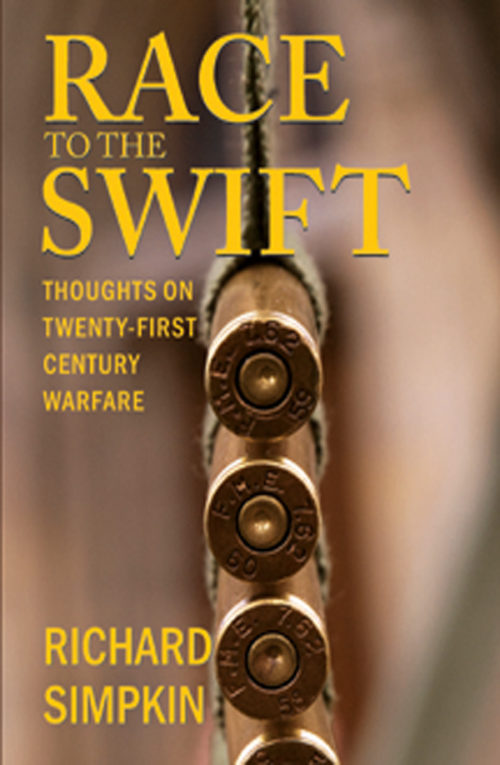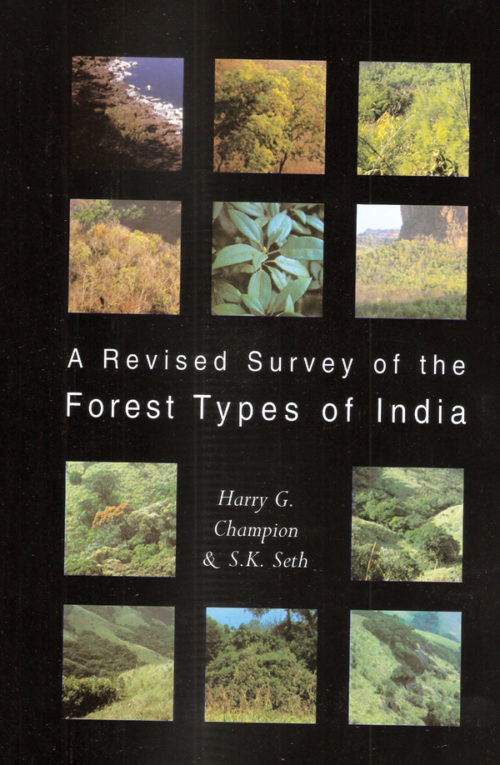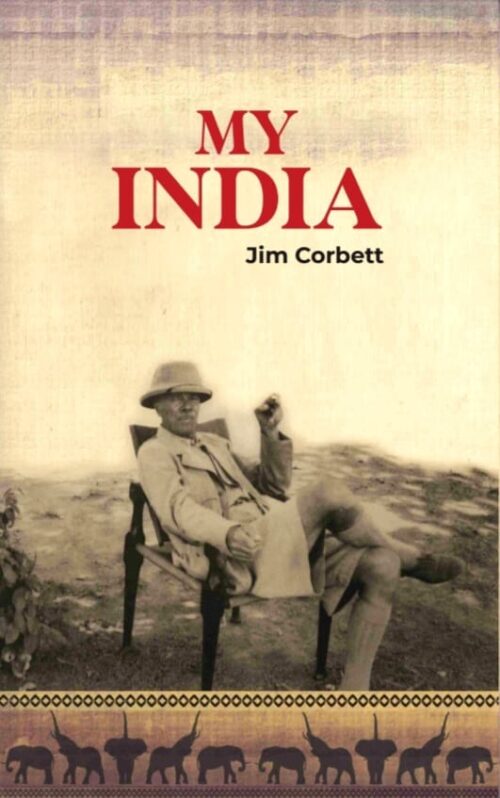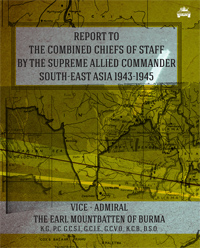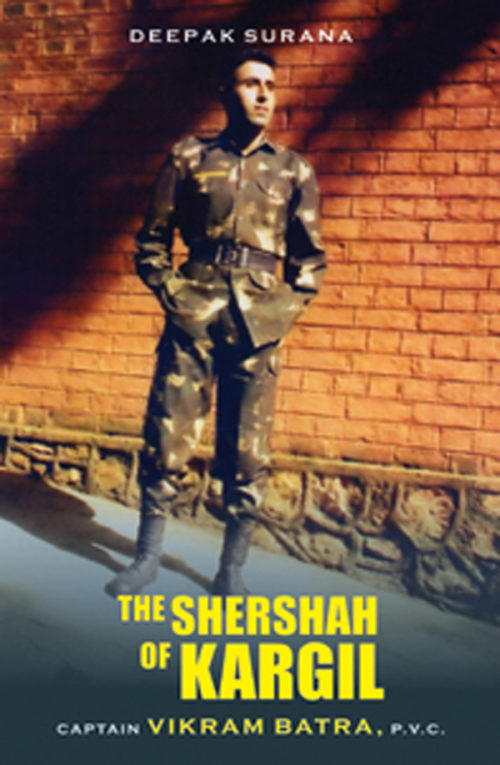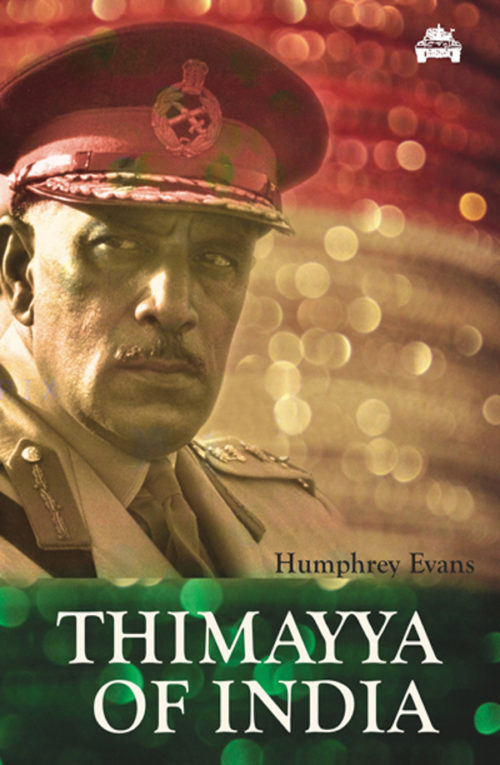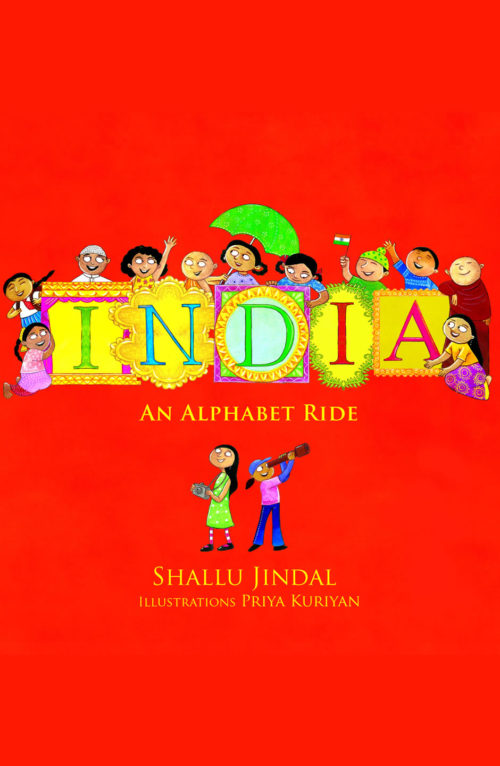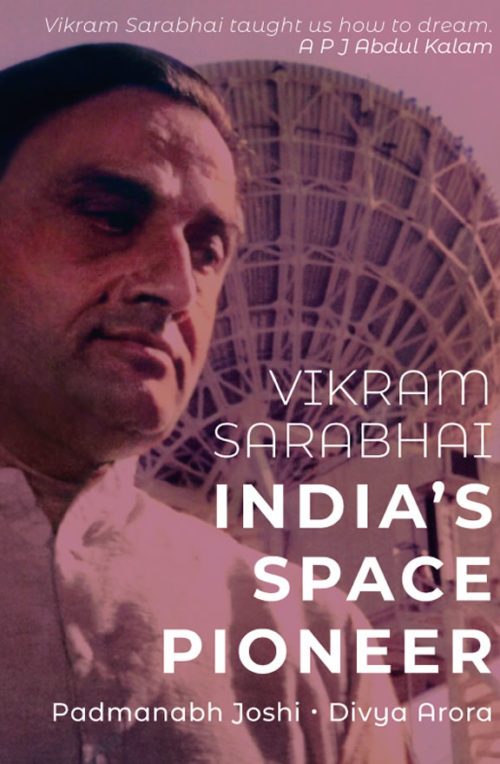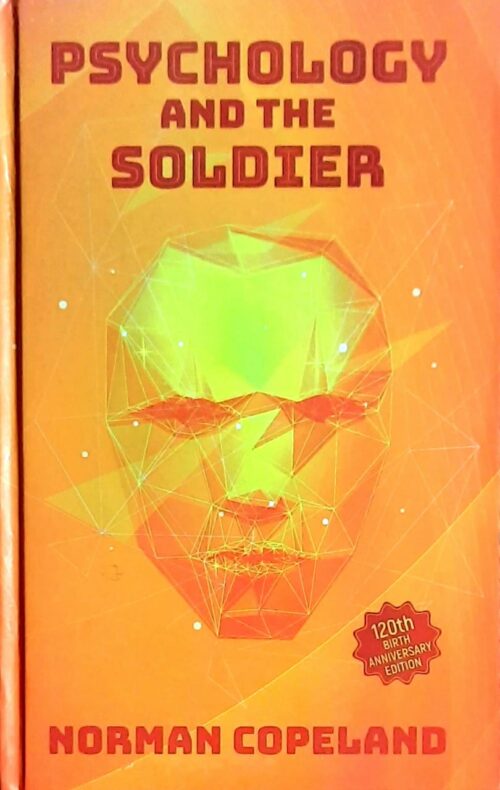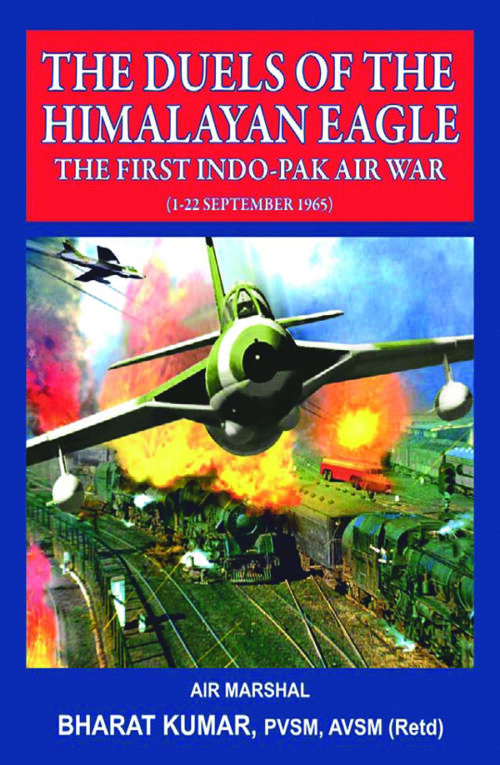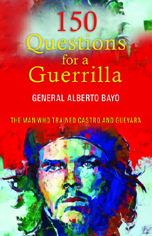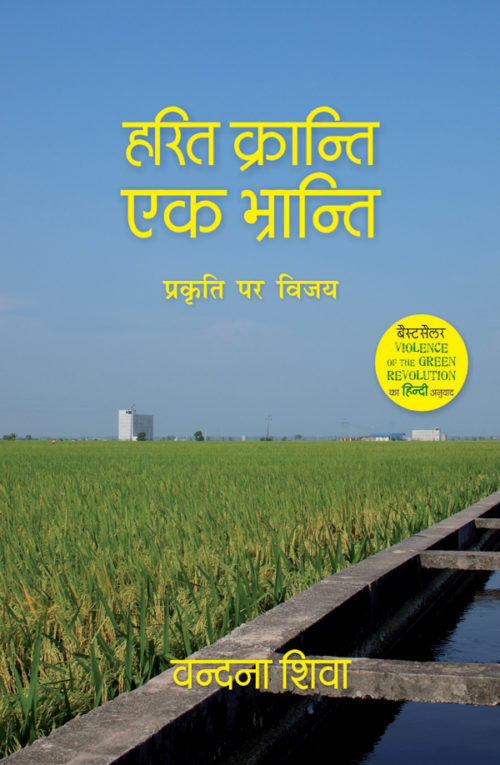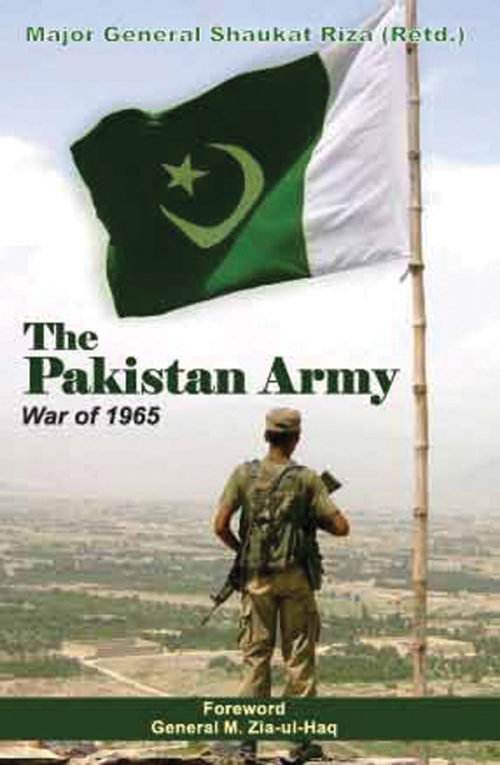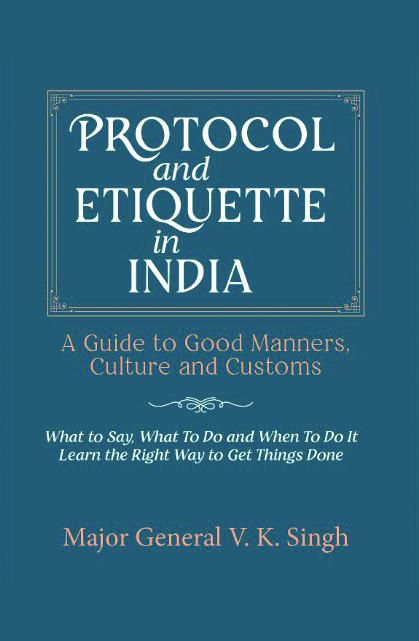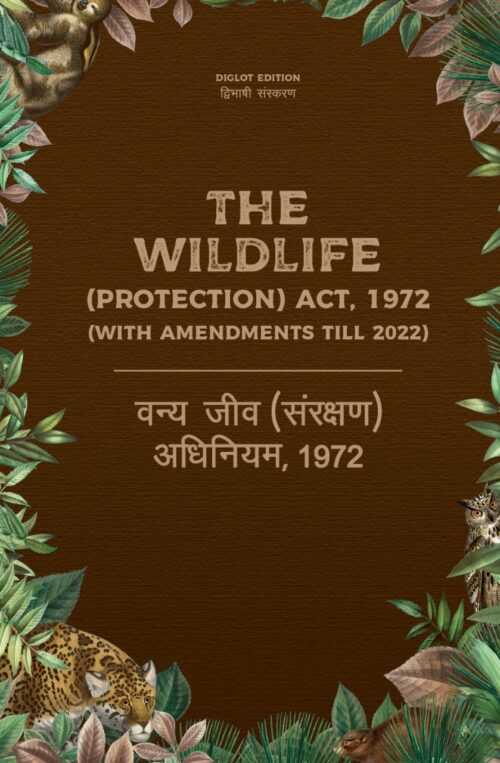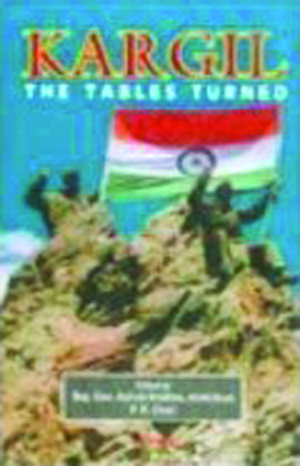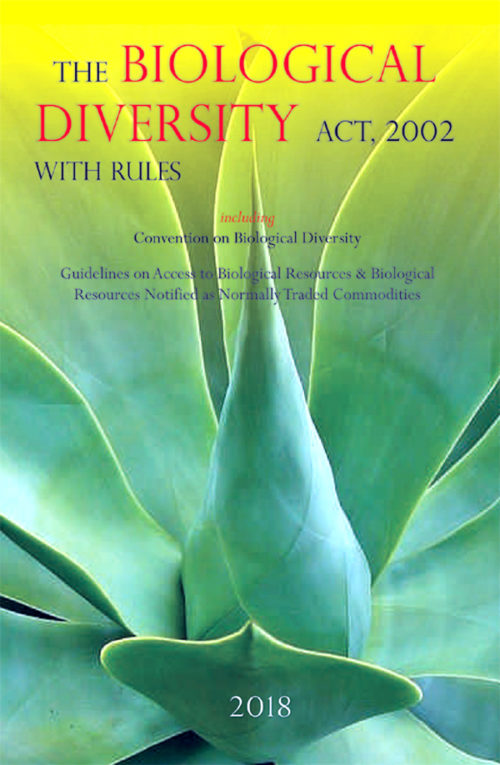-
This edition of the bare act contains the new amendments from 2022 appended to the existing act at the end of the book for quick reference. It also contains Rules upto 2006; Declarartion of Wild life Stock Rules, 2003; The Wildlife ( Transactions and Taxidermy) Rules, 1973; the Wildlife (Stock Declaration ) Central Rules, 1973; The Wildlife (Protection) Licensing (Additional Matters for Consideration) Rules , 1983; Recognition of Zoo Rules, 1992; Guidelines for Appointment of Honorary Wildlife Wardens: Elephant Preservation Act, 1879: Guidelines for Tourism in and around Tiger Reserves and; Central Government orders Prohibiting Sale of Animals by a Zoo.
-
"arranting immediate and long term solution. This is an excellent book which throws light on mitigation measures to be adopted in elephant landscapes fragmented by varied land uses, including heavily used infrastructure. This timely publication would be extremely useful for field managers, stakeholder departments and policy makers." - Dr. Rajesh Gopal
India faces a serious challenge today towards long term in-situ conservation of the elephant population. This is a timely publication as it explains issues related to elephant depredation in the human enclaves and fragmentation of elephant landscapes across the elephant range. The Field Managers and policy makers would benefit from the studies on alternative cropping patterns as mitigation strategy in and around the forests where interspersion ratio of forests and crop lands is a major cause of elephant depredation.
The book would be extremely useful for field managers, stake holders from different departments working in the elephant landscapes. The challenge of increasing linear infrastructure through the forest landscapes is a serious one. The book deals at length with the mitigation strategy to be adopted in linear projects like national highways, railways, irrigation projects, transmission lines, etc. These strategies can be incorporated in the project right at the inception stage so as to reduce the impact on the wild life. The designs of different mitigations explained in the book can be suitably changed to different landscapes in the country. -
This is a captivating account of the war in Korea.. It was a war in which full scale Chinese army clashed for the first time with a western one. Communist Psychological warfare techniques were used but above all, it was a war bedevilled and complicated by power struggles between generals and statesmen.
-
This book provides an indepth account of the war that divided the Korean Peninsula and left an ever-lasting scar.
-
"Himalayan Blunder: The Angry Truth About India’s Most Crushing Military Disaster" is Brigadier J. P. Dalvi’s retelling of the Sino-Indian war that took place in 1962 - a war that India lost. Dalvi fought the war as the Commander of the 7th Infantry Brigade in NEFA (North-East Frontier Agency). His account of the war is graphic and telling. He was captured by the Chinese forces and held for seven months. As a participant of the war, he was privy to all that went on at the battlefield as well as behind the scenes. Based on his firsthand experiences, he recounts the events that occurred between September 8, 1962 and October 20, 1962. As early as 1951, China silently and steadily began to work its way onto Indian soil. Even in the face of indisputable evidence, India insisted on maintaining cordial relations with the Chinese. China seemed only too happy to play along. Dalvi narrates the manner in which India’s own political leadership traitorously worked against its cause. In no uncertain terms, he holds three men responsible for India’s defeat - Jawaharlal Nehru, Krishna Menon, and General Brij Mohan Kaul. Issuing orders from Delhi, they seemed to be clueless about the situation on the battlefield. Undoubtedly, when they were rushed into battle, the Indian soldiers - underfed, ill-equipped, and unprepared as they were - never stood a chance against the powerful Chinese army. Regardless of that, the soldiers fought bravely and laid down their lives for their homeland. Dalvi claims that the apathy and the sheer ineptitude of those at the helm of India’s political affairs sacrificed hundreds of valuable lives. Brigadier Dalvi’s detailed narrative of the massacre of the Indian soldiers, a horror that he witnessed firsthand, is heart-rending. The book was published in 1969. Among all the books based on the subject of the 1962 Sino-Indian war, this book is considered to be one the most striking and authentic versions. Due to its sensitive subject matter and its portrayal of India’s leaders in a harshly negative light, the book was banned by the Indian Government upon its release. Brigadier John Parashuram Dalvi was an Indian Army officer. During the Sino-Indian War of 1962, he was the commander of the Indian 7th Brigade, which was destroyed, leading Dalvi to be captured by the People's Liberation Army on 22 October 1962. Dalvi was commissioned into the Baluch Regiment. To the end of World War II he served with the regiment's 5th Battalion. He took part in Field Marshal Sir William Slim's pursuit of Japanese Army. From October 1944 to March 1945 he saw fighting with 19th Indian Division notably at the Crossing of the Irrawaddy. For his services he was mentioned in despatches for gallant and distinguished service. In 1945 he was selected to join the staff of General Sir Montagu Stopford, GOC XXXIII Corps and later GOC-in-C of 12th Army Burma In 1947 he was posted as instructor to Indian Military Academy, Dehradun. He was then moved to 5 Gorkha Rifles as 2nd in command. In 1949 Dalvi was attached with Brigade of the Guards. In 1950, he was selected for Staff College, which he graduated in 1951. He then commanded the 4th Battalion, Brigade of the Guards and later 2nd Guards. In October 1960 he was given an accelerated promotion to be appointed as Brigadier Administration to XV Corps. In January 1962, he was given the Command on 7th Infantry Brigade in NEFA and fought in the Sino-Indian War. He was taken Prisoner of War on 22 October 1962 and was repatriated in May 1963. On his return to India, he wrote his account of the war. He died of cancer in 1980.
-
An excellent biography of a distinguished army officer.
-
On War has been a staple text for military generals who have led their armies in battlefield across centuries since its first publication in 1832. It is also an essential rule book to achieve success in any field and thus remains a classic.
-
The book gives a gripping, first-hand account of the author’s nine-week long stay in Kargil (during the encounter) and his experiences. He succinctly details the operation with special emphasis on the human side of the conflict. The graphic depiction of the war and candid interviews with the top brass makes for a true-to-life experience for the reader.
-
The man eating tiger has speed, agility, muscle power, lightning reflexes and a ferocious killer instinct. It weighs 500 lb. The man has a cool head, a sure eye, a rifle and two brass cartridges. He weighs only 160 lb. The tiger growls, bursts out of the long grass, and launches itself . . .This was the drama that played out in the life of the legendary writer and conservationist, Jim Corbett, on several occasions. For him, the hunt was not about trophy tiger skins, or for the prestige of being a famous shikari – but to save lives when a man eater was on the rampage. Born in Kumaon, Corbett grew up in the jungle. He was well versed with its laws, and heunderstood its language. This hunter of the man eaters went on to become a die-hard conservationist, working to preserve and promote the majestic tiger. He harboured a great love for India and its people – of all castes and creeds, which is evident through all his writings.In a novel inspired by Jim Corbett's life and writings, author and conservationist, Harnihal Sidhu tells the epic tale of India’s most famous tiger hunter and conservationist. Corbett's journey was a difficult one, with moments of wild joy, suffering and heartbreak.Burning Bright is not a biography, a formal history or an academic study. It is a gripping tale told by a charmed storyteller, based on the life of a great man. Sometimes, the shortest road to the clearest view runs through the land of fiction.
-
"General Giap, the mastermind of the French defeat at Din Bin Phu and War Minister for North Vietnam during the years of American involvement, was a unique leader and s strategiest of guerilla warfare. This book is based on source material relating to Giap's early participation in the Communist movement, his activities during The Second World War and his leadership of the armed force of the armed force of the Viet Minh against the French. The author assesses Giap not only ex post facto by what his plans actually achieved, but also by the quality of the decisions which he took as first step in achieving a military result. An attempt has been made to provide a comparison of facts from which value judgements may be made. "
-
Jim Corbett's books on man-eating tigers are not only established classics, but also almost in a separate literary category by themselves. "Man-Eaters of Kumaon" is the best known of his books.This is the hindi edition of the same.
-
Immensely popular as a reference text for entrance examinations for over three decades, the book is an ideal companion to current events from around the globe. The book covers a gamut of subjects like sports, science, economics, and defence news. It also has a political section that critically examines national and international politics. This year the book has a section on the Russia Ukraine War. The book also carries a section on people who have mades across the world. Unbiased and well researched, the book is your trusted companion to developing an opinion on the world around you.
-
This book, written by the great Jim Corbett himself, tells thrilling stories of his many encounters with the man-eaters of Uttarakhand.
-
This kind of War has been studied by two generations of soldiers. Fehrenbach describes good decisions and bad ones with insight and expertise. But what he does best of all and what is so memorable, is his eloquent, sometimes painful description of the Gls who must bear the vurden of those decisions. That is the awful beauty of this book - it cuts straight to the heart of all the political and military errors, and reveals the brave souls who have to bleed and die for mistakes made. A timely reissue of a military classic. Theodore Reed Fehrenbach, Jr. was an American historian, columnist, and the former head of the Texas Historical Commission (1987-1991). He graduated from Princeton University in 1947, and had published more than twenty books, including the best seller Lone Star: A History of Texas and Texans and This Kind of War, about the Korean War. Although he served as a U.S. Army officer during the Korean War, his own service is not mentioned in the book. Fehrenbach also wrote for Esquire, The Atlantic, The Saturday Evening Post, and The New Republic. He was known as an authority on Texas, Mexico, and the Comanche people. For almost 30 years, he wrote a weekly column on Sundays for the San Antonio Express-News. T.R. Fehrenbach was 88 years old at the time of his death. -
Jungle Lore is the closest Jim Corbett ever came to an autobiography. In this book, one sees the real soul of a man and his love affair with the people, jungle, and animals of the Kumaon hills. This is the hindi edition of the book.
-
This controversial book, written by Brigadier J P Dalvi, laid bare the caustic truth behind Indian crushing defeat in the hands of China in 1962.
-
Milroy's book is now something of a bestseller on the treatment of elephants.
-
An excellent translation of the evergreen "MY INDIA" by conservationist and naturalist, Jim Corbett.
-
This book examines the Sino-Vietnamese conflicts of the late 1970s and 1980s, attemtpting to understand them as strategic, operational and tactical events. The Sino-Vietnamese War was the Third Indochina War, and contemporary South Asia cannot be properly understood unless we acknowledge that the Vietnamese fought three, not two, wars to establish their current role in the region. The war was not about the Sino-Vietnamese border, as frequently claimed, but about China's support for its Cambodian ally, the Khmer Rouge, and this book addresses both US and ASEAN involvement in the effort to support the regime. Although the Chinese completed their troop withdrawal in March 1979, they retained their strategic goal of driving Vietnam out of Cambodia at least until 1988, but it was evident by 1984-85 that the Chinese army, held back by the drag of its "Maoist" organisation, doctrine, equipment, and personnel, was not an effective instrument of coercion.
-
Advances in technology have set the stage for a major shift in how we fight wars and gather intelligence. Drones - cheap and plentiful - are poised to support and, in some cases, supplant current weapons, at a fraction of the cost. Not everyone is convinced. How can small drones with limited battery life stay in the air long enough to achieve anything on a strategic scale? And how can anything so small make an impact? But with new tchnology that allows drones to draw energy from the environment and swarms of thousands of drones acting together, their impact is anything but small. From anti-personnnel weapons to miniature demolition devices and high-temperature incendiaries, new technology is making small drones into true engines of destruction. The high cost of miliary aircraft, the rise of biomimetic technology, advances in the science of swarming behaviour - all of these are leading us to a future where drone swarm rules the skies. "Swarm Troopers" will show you what that future looks like and explore whether or not we''ll be ready for both the opportunities and threats it may bring.
-
-
From his abode in the mountains in the foothills of the Himalaya, India's most loved author, Ruskin Bond has observed the beauty and serenity of nature, unspoilt. For over sixty years, the mountains, forests, birds and animals have inspired innumerable stories and tales by India’s favourite author. In this book, a selection of his most insightful, informed, wise and witty writings about nature are brought to life by a collection of watercolour illustrations by artist Prenita Dutt. If you had ever forgotten that humans too are creatures of nature, this book will reconnect you to your habitat. Nature, through Bond’s delightful words, will educate and enlighten.
-
All the detailed customs and traditions in the Indian Army are put together in this book in simple and lucid language.
-
What most hailed as a superb revolution- Vandana Shiva seems most cynical about – India’s Green Revolution. This book argues for diveristy rather than monogamous agriculture as the answer for sustainable progress.
-
" The 1979 China-Vietnam War had important consequences for Southeast Asia but has received little attention in the West. Using a variety of official sources from the governments of the United States, China, Vietnam, Cambodia, and the UN, as well as a host of books and scholarly journals, Hood has put together an account that seeks, as he writes in the introduction, '(to) be easily understood by the informed nonspecialist, and yet enlighten the Asian scholar or specialist in conflict studies seeking greater understanding of this ongoing power struggle." The book does exactly that, in a most effective manner...An excellent selection for academic and larger public libraries." - Library Journal
-
It's a deft Hindi translation of Jim Corbett's most adventurous tale of his encounter with a very notorious leopard in Rudraprayag.
-
Written in a light and humorous style, this is the exclusive and official biography of FM Sam Manekshaw, in its revised and updated form. -
This is the first ever comprehensive book on wild life law enforcement in India. It explains the various interpretations and legalities pertaining to Indian wild life laws. The details of the case laws provided offer a better understanding of the procedures involved in the investigation and trial of wild life crimes.
Part I of the book deals with the conceptual topics like evolution and salient features of wild life laws, legal procedures involved in investigation and trials of wild life cases, powers and privileges of forest officers, CITES and its legal enforcement in India, legalities of captive management and legal provisions related to the Forest (Conservation) Act, 1980. Part II deals with various provisions and amendments made thereupon under the Wild Life (Protection) Act, 1972. These provisions are further elaborated through relevant case laws and commentaries for better understanding of a particular provision. Part III discusses rules, policies, statutes, and guidelines related to wild life law enforcement issued at national and international fora. Part IV of the handbook deals with other related laws such as the Wild Birds and Animals (Protection) Act, 1912, the Elephants Preservation Act, 1879, and the Prevention of Cruelty to Animals Act, 1960.
The history of conservation in India dates back several centuries – it carries utmost importance in the shastras, epics and other social codes. However the first ever comprehensive legal code was formulated as the Wild Life (Protection) Act, in 1972. The laws related to wildlife enforcement are thus still at an evolving stage.
We urgently need strong wild life law enforcement in India as the laws exist but poor implementation and systemic deterrents restrict effective pro-action. This book delves into a detailed analysis of the laws in place in India – while it explains the laws, the book also provides extensive case studies.
The book will be very useful for Forest officials and staff dealing with various issues in wild life management in the field, forest authorities dealing with various issues in captive management such as Zoo Keeping, transportation and immobilization of animals in distress. This book will further help wild life enforcement agencies, police personnel dealing with prevention, detection, investigation and trial of wild life crimes, customs and other enforcement agencies dealing with enforcement of regulations under international conventions and protocols, individuals, NGOs and other authorities dealing in litigations and writ petitions in the High Courts and the Supreme Court.
SURENDER MEHRA is a member of the Indian Forest Service (batch of 1999). He graduated as Bachelor of Technology in Electronics and Telecommunication Engineering from Regional Engineering College, Kurukshetra in 1995 and in the same year he was selected for the Indian Engineering Services. In 1999, he joined the IFS.
He received the Uttaranchal State Forestry Award in 2003 for ‘Excellence in Civil Services Reforms’. He completed his PG Diploma in Wild Life Management from Wildlife Institute of India, Dehradun in 2006-07. He also holds a PG Diploma in Environmental Law from National Law School, Bengaluru.
He has worked as Deputy Conservator of Forests, Haldwani (Nandhaur Wildlife Sanctuary), Corbett Tiger Reserve and Rajaji National Park & Rudraprayag. He has also worked as faculty at the Central Academy for State Forest Service, Dehradun. In recent years, he worked as Conservator of Forests, Western Circle, Haldwani and Chief Conservator of Forests and Field Director, Corbett Tiger Reserve.
He has written the First Management Plan of Nandhaur Wildlife Sanctuary. He successfully conducted the Wild Life Monitoring study in the Western Circle and also authored its report titled ‘Status of Tigers, Habitats and Corridors in Western Circle, Uttarakhand'.
His fields of interest are Wildlife Management, Legal issues in Forests and Wild Life, Information Technology, GIS and Remote Sensing and Wildlife Photography. He has also authored a book titled “Legal Forestry” (2004).
He is currently posted as Deputy Inspector General, National Tiger Conservation Authority, in New Delhi and is also pursuing his Ph.D in Wildlife Sciences from Wildlife Institute of India, Dehradun.
-
Travel back to lesser known, but vitally important chapters of India's war history dating from the 13th century to the 19th century in this expansive book. The author, an armed forces veteran and scholar, carefully selects befitting battles and explains their importance not just in India's history but also India's present. Filled with interesting diagrams and fascinating maps, this book provides great lessons and insights for today's strategists and leaders, whether in the military or outside. It is also a historian's delight as it revisits an unexamined past with great flair and high quality analysis.
-
This well-researched and incisive book on personal finance debunks the myth and fear that surrounds investing for Indians. Anand explains every concept bit by bit and brings all his wisdom, and reading, and learning from the masters of the game, to your table, so that you can use his pearls of advice, termed as musings to 'mint crores while you earn only in thousands' - quoting Qamar Waheed Naqvi, well known journalist. Written as a tool for those starting out in their careers, this book uses an example of two characters, Anshreya and Honeycool, whose journey is delightfully captured in the book. This book has been acclaimed by leading entrepreneurs, finance and banking sector executives,actors, authors, sportspersons and media legends. The author is an army officer with a hugely popular blog - andyfinancial.blogspot.com. He is currently pursuing his PhD.
-
This book is one of the best books written on the 1965 war.It offers a comprehensive understanding of the roots of Indo-Pak conflict. Fcousing on the 1965 war, this book begins with discussing the game plan of the major world powers that affected the Indo-Pak War. It offiers a very useful and informative account of the lineage, growth, weaponry, ethos, and operational doctrines of the Armies and Air Forces of India and Pakistan. The easy style and quick pace of the book make it stand out among other books on the war.
-
The book is aimed at naturalists and sportsmen alike and presents in simple language the natural history of fish found in India.The author has attempted to impart a love of Natural History to fisherman and to gain amongst them more friends for pisciculture in India. The book is considered to be a bible on Indian fishes and fishing in India. The text is accompanied with ninety-six illustrations to help you recognise easily what you have caught besides a chapter on fishing localities that one can go to, experiences anyone can have and knowledge that can be put to good use.
-
This book is nature writing at its best from the heart of India's forests. Dr. Johnsingh takes the readers across India's national parks and tiger reserves and as the reader takes in the sense and smell of the forest, the author shares his environmental concerns for the area and possible solutions for conservation. Jim Corbett has been a lifelong inspiration for the author and the first section of the book traces Corbett's paths along the forests as they were decades ago. According to John Seidensticker who has written the foreword, "Going for a walk in an Indian forest with Dr. A.J.T. Johnsingh is simply one of the finest experiences you can have in life. There is his good humour. There is the joy in his steps when he is walking in the forest. He walks to live, and lives to walk – and it shows. And you feel good because he is so at home in the forest. He is ever alert; completely aware of all that is going on around him…. Dr. Johnsingh is legendary for his ability to find and see wildlife. Nothing goes unnoticed… And if you are impressed with his enthusiasm on a walk in the forest, just wait until you go looking for mahseer with him."
-
This two-thousand year old book still continues to inspire military as well as civilians alike even today. The Natraj edition is compact and attractive, easy to read and to have on your personal bookshelf.
-
Even the most knowledgeable of fisherman will find much that is worthy of their attention in this book. All of Master’s ripe wisdom has been transferred to ‘The Compleat Indian Angler’ and fisherman across the world will be grateful for the service he has rendered to the art and pastime of fishing.
-
This book calls for speed and stealth in military action. It states the case that in the emerging era of asymmetrical warfare, where threats emerge faster than we can expect and in a variety of ways, we need to be ready for a new form of warfare.
-
The book presents introductory material on the principles of remote sensing and contains descriptions of image interpretation methods. It discusses the techniques of computation and evaluation and also the application of the data for resource management.
-
"This book provides a detailed account of the Indo-Pak War of 1971 as maintained in the Indian government's military history records. It is being made available to the public for the first time after the declassification of sensitive military record in 2005. These records include war diaries maintained by the units and higher formations of the Indian Armed Forces, notes of officers who fought in the war, interviews, accounts as learnt from Generals on both sides, official reports, journals, and gazetteers. This book shall be useful to officers of the Defence Forces for study, to military analysts and enthusiasts, and to all those who have an interest in understanding the roots of relations between India and Pakistan. "
-
This book is a brief account of the course of the war that took place in Vietnam between 1945 and 1973. It was the type of struggle that gained prominence in the 20th Century and is usually referred to as Guerrilla warfare.
-
In My India, Jim Corbett gives us a glimpse into a life spent amongst village folk in the summer seat of British Imperial India, then known as the United Provinces (now Uttarakhand). Unlike his classic works about jungle and wildlife lore - where he recounts famous hunts in the midst of India's diverse and rich wildlife habitats— here Corbett sheds light on the India that he adored passionately for its 'simple and hardworking souls' who enriched his life. India was then on the cusp of crucial international and national movements. This book is a tribute to the charming characters who would otherwise not have appeared in the pages of history had Corbett not written about them here and made them unforgettable and immortal. Join Corbett as he takes you through the remote trails of villages in the foothills of the Himalaya introducing you to endearing stories of resilience, loyalty, and fortitude.
-
A reliable guide book for all appearing for general examinations and SSB interviews.
-
The true story of a forest conservator who brought up a tigress, Khairi, just like his own daughter.
-
This book provides a simple outline of the Arab-Israeli Wars 1967-1973 with clear maps and also provides a biography of General Moshe Dayan for students for easy study.
-
This is a detailed account of the daily observations and recordings of the victory in South-east Asia against the Japanese and the great role of Maj-Gen Wingate. This book shows how the joint forces collaborated to achieve victory.
-
This is an intimate biography of the hero of Kargil, Captain Vikram Batra. It tell us the story of the braveheart, from his childhood to how through sheer courage and bravery, he won the war for India and also made the nation proud.
-
This book is an erudite and intimate illustration of the glorious career of General Thimayya by his close associate and comrade-in-arms.
-
The war in Malaya is important as it was the first large scale campaign to be fought within British or British protected territory. It was also the first experience of a campaign fought with modern weapons in jungle warfare conditions.
-
"A Wonderful Concept." - RUSKIN BOND LEARNING ABOUT INDIA WAS NEVER SO MUCH FUN! They say a picture is worth a thousand words. We agree. We say that a single alphabet is worth a hundred words. You will agree. "INDIA:An Alphabet Ride" uses illustrations and A, B, C to tell you everything you neded to know about the country without the boredom of formal textbooks. Get ready for a thrilling ride through India's states and cities, visit its heritage sites, learn about its customs, tast the diverse food and dance to its many festivals and sounds. -
Known as the Father of India’s Space Programme, Vikram Sarabhai’s interests included space and nuclear energy, architecture, industry and business, institution building, management development, arts, music, and theatre. He was a scientist and an entrepreneur, an educator, and a businessman. When he passed away unexpectedly at the young age of 52, he left behind a legacy few can match, having set up internationally reputed institutions and organisations that have made India proud and put us on the world map. "Dr. Sarabhai was a young person with great wisdom. There is a French saying that "if age could do and youth had wisdom, it would be a wonderful combination". Vikram Sarabhai had that combination. He was a fine blend of the thinker and doer. No one can lead a meaningful life today without combining the two." – Indira Gandhi
-
This edition marks the 120th Birth Anniversary Edition of this little gem on leadership that makes for mandatory reading for defence personnel across the world. The first section focuses on "Psychology and Morale" with ten chapters on the development of military psychology and how it is applied to morale, moral education, discipline and military values. Morale, accordingly to Copeland is the 'secret weapon' and he insists that 'physical superiority is not as important as moral superoirity." How then can this most desirable of human qualities be acquired? According to Copeland, it depends 'on an incalculable number of factors', the first and strongest of which he considers is good leadership. The seond section of this enlightening and well researched book talks about "psychology and leadership" - these next ten chapters focus on the role of the leader in the training and education of military individuals and units. Leadership is a way of life, acording to Copeland.
-
This book tells us the important role of Delhi in the Indian Independence movement. A tribute to Delhi on its hundreth year as the Indian capital.
-
The continuum of tactical victory followed by strategic failur has been the baneful pattern of India's handing of vital security related issues since indepandence. Kargil: Blood of the Snow is a comprehensivemilitary analysis, focusing on this issue.
-
"The Duels of the Himalayan Eagle describes the First Air War between India and Pakistan. Commencing from an analysis of the two air force and their concept of operations, every significant aerial and ground engagement has been covered in detail. These include Pakistani raids on Pathankot and Kalaikunda, Indian ventures into Sargodha, Badin and Peshawar as well as various aerial engagements. These stories are based on the narratives of the air warriors involved in the operations or records maintained on a daily basis in the squadron diaries by various units during the period of the war. Pakistani disastrous Para drops near Paathnkot, Adampur and Halwara in the West and Guwahati in the East have been covered in detail. The travails narrates by seven air warriors who became POWs have also been included. Finally, the author has dissected the entire air war and has put down his own conclusions- probably the first such attempt by an Indian author. "
-
Gen Bayo is the man famou for training Castro and Guevara in the art of guerrilla tactics. This simple yet powerful book in a question answer format is ideal for anyone looking to understand how to combat guerrilla techniques and emerge victorious. -
Prenita is an artist inspired by nature. She makes jottings as she paints in her journals on a daily basis. This book is a collection of some of her learnings about life from nature. It has her artworks interspersed with her musings - they are simple, heart-warming, wise and witty, for you and me to dip into anytime for some real food for the soul.  
-
This enchanting book is about a young woman's journey through India. If you liked 'Eat, Pray,Love", this book is for you! This book tells of her journey within and without as she not only discovered India but herself as well.
-
What most hailed as a superb revolution- Vandana Shiva seems most cynical about – India’s Green Revolution. This book argues for diveristy rather than monogamous agriculture as the answer for sustainable progress.
-
Maneuver warfare can be thought of as military judo. Its about fighting smart, out thinking your opponent. It offers the fighting soldier the best hope of winning battles, campaigns and wars they may face in the future.
-
This biography movingly protrays the planning and implementation behind the greatest invasion the world has ever known - Operation Overlord.He describes the whole plan behind D Day and the battle of Normandy.
-
The 1965 conflict between India and Pakistan may not rank among major wars, but within their limited resources, the two nations did manage to fight each other to a standstill. This book has perspective as well as detail. Major General Shaukat Riza visualises each aspect of the war in its entirety and does justice to al the operations carried out in course of the war.
-
The Officer as a Leader is remarkable book on military leadership, wherein the author discusses the psychology of a leader and what it takes to be one. In this now famous book, he points out the thirteen mistakes that every leader should avoid that are now as well known in Armies across the world as are the Ten Commandments
-
What is etiquette? Is it different from protocol and good manners? How important is it in today’s world? Does one have to be taught or can one learn on their own? What is the right age to start teaching etiquette to children? Does it enhance a person’s qualifications and improve job prospects? How important is it for success in one’s profession or business? Does it help in making friends and influencing people? Is it relevant for those who live alone, have no family or friends and never go to parties? Is it as important in the home as in the work place? Does it improve family relationships? Will it make you a better human being?
You will find answers to some of these important questions in this excellently researched book.
Also, how often have you searched for answers to some of these questions:
- Can a divorced woman continue to use the name of her ex-husband?
- In invitation cards, should a woman’s name precede that of her husband?
- Can titles such as Sir and Madam be used along with the name?
- Can military officers continue to use their ranks after retirement?
- If you want to know someone’s name, is it correct to ask “What is your good name?”
- Can one say Good Morning or Good Evening when bidding farewell?”
- What is the difference between enunciation and pronunciation?
- What is the difference between ‘excuse me’, ‘beg your pardon’ and ‘I am sorry’?
- What exactly is ‘small talk’? Is it the same as gossip?
- During a meal at a restaurant or club, does the waiter serve from the left or right?
- During a dinner party, are brandy and liqueurs served before or after the meal?
- What is the difference between luncheon and lunch?
- What is the difference between a sherwani and an achkan?
- On a flight, can occupants of window and aisle seats use the hand rests of the middle seat?
- When watching a play in a theatre, is it okay to clap during the performance?
Find out all this and more in this book! Use the skills to get ahead in your personal as well as your professional life.
-
This is the bare act in both the languages - Hindi and english - running alongside for easy reference.
-
Kargil: The Tables Turned provides a comprehensive review of past motivations and events; it covers the operational aspects of the 1999 war in their entirety and highlights the heroism, amd sacrofoce of the young officers and soldiers of the Indian Armed Forces.It brings out useful military lessons and perspectives. The book analyses India's political and diplomatic responses, and the role of the USA, China and G-8 concluding chapter speculates on the future of Indo-pak relations and highlights some unique aspects of this South Asian conflict.
-
Bhitarkanika is one of India's most exciting biodiversity regions. This book focuses on it as a case study to understand protection and conservation efforts.
-
-
First published in 1964,'Call of the Tiger' by Lt. Col. M.M. Ismail comes at a time when the era of hunting has receded into history, leaving books like it to provide a glimpse of days past. Set in the 1950s, these gripping tales serve as reminder of what the forests of Central India were like when wildlife was more plentiful and widespread that it is today.
-
"Tigers have an inherent habit to move across landscapes. To facilitate such movements, corridors are essential. Lack of corridors connecting landscapes result in fatal human-tiger conflict, where, in most cases, it is the tiger which suffer. It has been proven that tiger population is determined by the carrying capacity of the tiger reserve. These is a great need for the connectivity of smaller population with larger population of tigers for their persistence in the future. The persistence of small population with habitat corridors in a metapopulation framework is the best management option for conservation of tigers in the long term. The population dynamic of tigers thus depends on the quality of good and poor habitats, known as the source and sink dynamics. This book emphasises on the need to evaluate and develop a mitigation strategy for maintaining metapopulation structures of tigers in the priority landscapes. The green infrastructure concept factors the importance of natural environment in land use planning. In the context of tiger landscapes in India, this will encompass a large number of tiger reserves, protected areas, corridors which create a system of 'hubs' and 'links'. The green development in a tiger landscape spreading across multiple jurisdictions. "
-
This is the true account of the most significant battle of WW II in the eastern front: the battle for Hong Kong.
-
The moral strength of the fighting soldier and the spirit to stand up in the face of the enemy despite the threat to one’s life – is what makes on a soldier. This book discusses the tenets of such willpower and how to fight fear.




